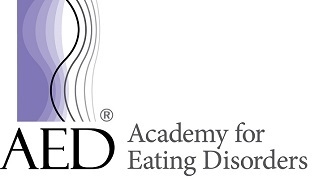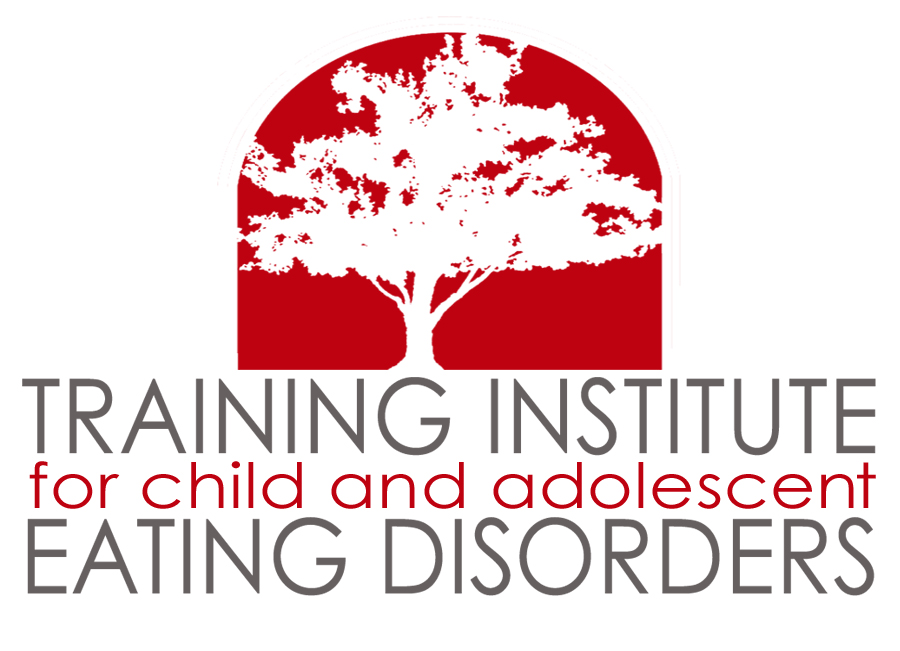What is Gender Dysphoria?
Gender Dysphoria – Just unhappiness or related to Identity of Self and Self-Esteem?
Gender Dysphoria is an extreme sense of discomfort or anxiety regarding a disconnect between the sex they were born with and assigned and the gender identity they’re most comfortable with presenting. It can cause anxiety and depression, along with feelings of being “trapped” in a body they don’t identify with. It is important to note that this disorder does not refer to the mere fact of identifying as transgender, which is not a psychiatric disorder. Gender Dysphoria refers to the specific distress some people feel surrounding their gender, which is not the case for all transgender people. This distinction is important because it helps clinicians remove some of the historic stigma around these feelings. However, there still exists a deep seeded stigma around gender in society, so Gender Dysphoria is believed to be extremely underreported, which presents a difficulty for both clinicians and patients. Understanding what gender dysphoria looks like in children, teens, and adults can help you realize if someone close to you is struggling with this disorder.

Gender Dysphoria in Children
Children often present this disorder through their words and actions. Expression of a strong desire to be a gender other than one that aligns with their sex at birth and a strong desire to have the physical features of the opposite sex are good initial indicators parents and clinicians may be able to identify. Children may also express a strong preference for clothes, toys, and games typically utilized by children of the opposite gender or may reject clothes, toys, and games typically associated with their own sex assigned at birth. Further, while children often naturally play between gendered roles, a child with Gender Dysphoria may show a strong preference for their preferred gender in make-believe play. It is important to note that while these may be potential indicators of a disorder, or more likely a future one, they can also be standard behaviors of children, who can be fairly unaware of the roles genders occupy in society, and may not progress to feelings of anxiety or depression.
Gender Dysphoria in Adolescents
As children grow into adolescence, they become more aware of their bodies and how they present to others. They also typically gain more control over that presentation through clothing choices and friend group selection. As such, teens with Gender Dysphoria may often choose to present in a typical gender style that differs from their sex assigned at birth. They may express a very strong desire to be, or at least be treated as, a different gender than assigned. Further, teenagers may express the desire to remove or enhance parts of themselves they see as not aligning with the gender they truly feel. All of these feelings can come with anxieties, fears, or depressive beliefs about themselves or the people they love (and how those people may or may not feel about them). It is also important to highlight that the stigma surrounding gender can make it extremely hard to talk about or seek help for, which is particularly dangerous for people with Gender Dysphoria as it is a disorder associated with higher rates of suicide.


Gender Dysphoria in Adults
Gender Dysphoria can occur at any age, but it often begins in adolescence or childhood. The signs for Gender Dysphoria in Adults are somewhat similar with Gender Dysphoria in Adolescents: they may often choose to present in a typical gender style that differs from their sex assigned at birth. They may express a very strong desire to be, or at least be treated as, a different gender than assigned. Further, adults may express the desire to remove or enhance parts of themselves they see as not aligning with the gender they truly feel.
How We Treat
At Resilience DBT & Eating Recovery –Gender Dysphoria has been successfully treated and resolved in children, adolescents, and adults. The earlier the better. We treat Gender Dysphoria individual, group, and family therapy in our DBT Programs for Mood/Anxiety Disorders and in our Eating Disorder and Body Image Track.
How do I begin?
Our team is dually and expertly trained in the Treatment of Eating Disorders and DBT for Mental Health. Our Evidenced-Based approaches include FBT, CBT-E, DBT-ED, and Comprehensive DBT for co-occurring mental health conditions. Our outpatient practice has helped Children, Teens and Adults achieve full Eating Disorder Recovery and Mental Health Stability for over 25 years.
1
Schedule your 15 minute free phone consultation
This phone screening is highly confidential to help determine if coming to the Resilience practice is the best course for you or your loved one.
2
Complete an Expert and Comprehensive Intake
During your intake appointment we will gather more information to identify your stressors and needs. And work with you to develop your resilience treatment plan.
3
Get connected with Your Personalized Care Team
Meet with a practitioner to get started on your journey of healing and wellness you know you deserve.









